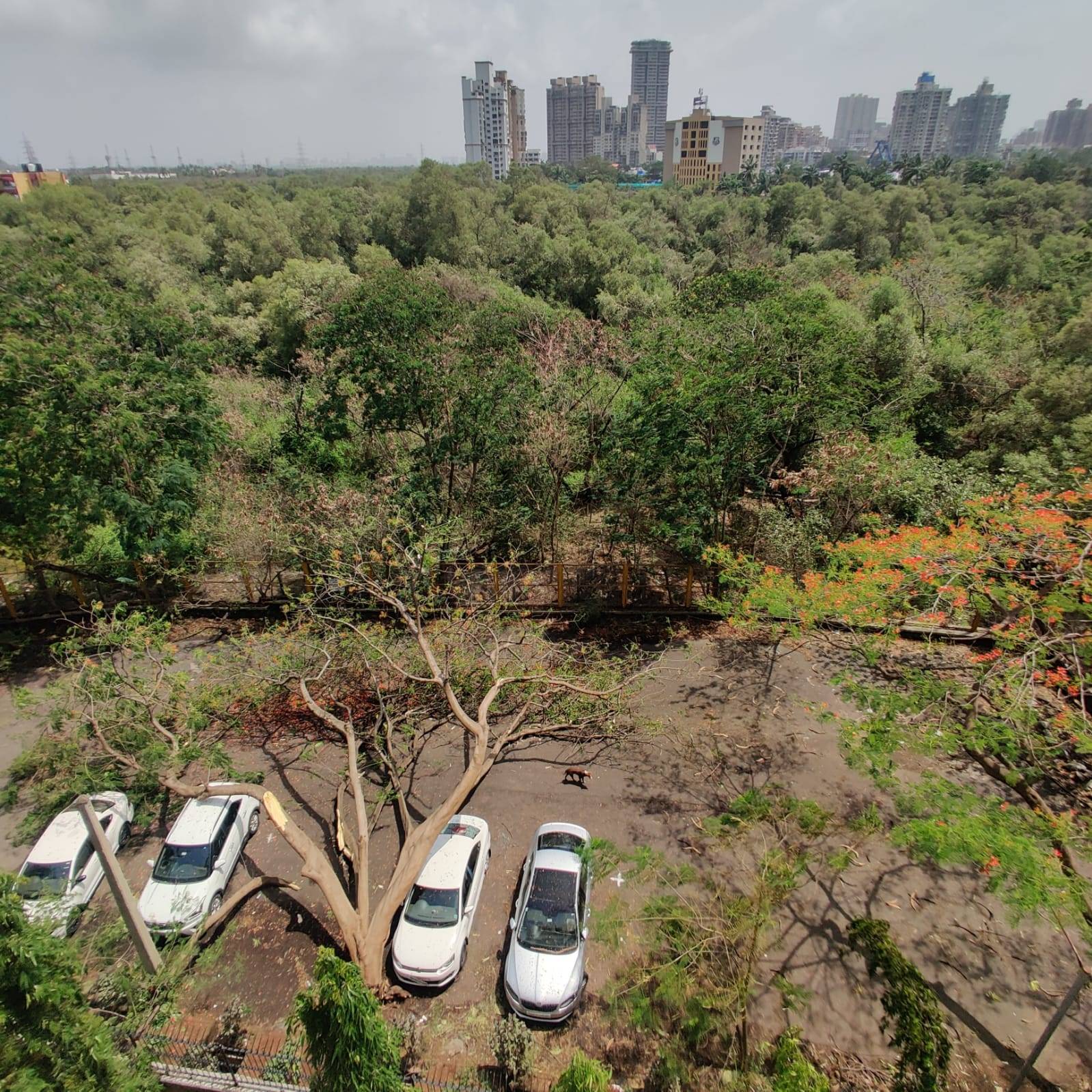
19 Mar This City and The Gulmohar Trees
Mumbai is called ‘The City of Dreams’. It should also be known as ‘The City of Ambitions’. Somewhere in-between dreams and ambitions, it makes a poet of us all.
When I first moved to Mumbai, I despised it. The high rents, congested streets, and chaotic local trains were overwhelming. The cuisine was nothing to rave about, the towering buildings obscured the sky, and the beaches were polluted. As someone who has grown up in various towns with different cultures and traditions, I had never experienced anything like this before. I had always lived in affordable rented homes, walked on clean roads, and never had to endure packed local trains. My childhood was spent playing in open fields under clear blue skies and relishing food from Punjabi and Bengali kitchens. Hence, Mumbai was not an easy city for me to fall in love with. Everything was different in Mumbai.
However, there’s one thing about Mumbai that sets it apart from all other cities – Ambition. Mumbai is a veritable factory of dreams, where the impossible is made possible, and hard work is rewarded with riches beyond one’s wildest imagination. No matter what time of day it is, one can always find people around them hustling and grinding to achieve their dreams and goals. The hustle is contagious, and Mumbai has a unique way of igniting a fire within us, pushing us to want ‘more’, even if it means going beyond our limits. In this city, the concept of ‘enough’ is often buried six feet under and left to rot. But Mumbai isn’t just for the dreamers and doers – it’s a city that inspires poets and philosophers too, a place where one can find solace in their unfulfilled aspirations.
Movies often stereotype Mumbai for its glamour, underworld, and wealth, but they conveniently omit the everyday life of the common citizen. Moving to Mumbai was a reality check and slightly disappointing, yet the city has a way of capturing our hearts and never letting go. Despite its imperfections, it’s like a magnet that draws us in. Mumbai also boasts beautiful seas, pleasant hills, regal buildings, numerous forts, small bungalows, vibrant bougainvillea, and majestic gulmohar trees. The city has hardworking, honest, and helpful people who professionals can rely on. Luxury cars and auto-rickshaws coexist on its roads, while skyscrapers and slums stand side by side. Mumbai has something to offer to everyone.
This city is a passionate love affair. And love demands sacrifices. For Mumbai, I let go of my nostalgia and embraced its inclusivity. Eventually, I discovered a charming home that offered a stunning view of the sky and was surrounded by lush mangroves that whispered poetry day and night. Just outside the house, three majestic gulmohar trees would burst into a fiery orange hue in the spring season. Enchanted by its beauty, I made it my own and turned it into a cozy home. Often, I would find myself gazing out from my balcony, taking in the vibrant colours and lushness of Mumbai, with the magnificent gulmohar adding a special touch. And on occasion, I would even venture out to touch the sturdy trunk of these trees, marvelling at their exquisite beauty.
As time passed, I came to realize that this city demanded many more sacrifices. The air and the particles in it would bother my throat, often causing persistent coughs or respiratory tract infections. I began consulting doctors who prescribed antibiotics, steam inhalations, and pranayama as cure. While the prescriptions helped, they did not solve the problem completely. One day, a doctor recommended a test to identify the allergen. He said that once the allergen was identified, a vaccination for the allergen could be the solution to my troubles. I agreed with the prescription and decided to resolve the issue once and for all. The test was conducted, and I waited for the diagnosis to come in. When the reports arrived, they mentioned that the pollen of the orange gulmohar flowers was the allergen that caused my respiratory tract inflammation. Strangely, there was no vaccination for it. The doctor advised me to avoid the gulmohar, especially when it bloomed.
When I arrived home that day, my relationship with the gulmohar trees outside my house had changed. We were now friends with conflicting interests. Though we had once loved each other, we now knew that we couldn’t live close much longer. The camaraderie that we shared had diminished. It was heartbreaking to say goodbye to such a beautiful, majestic friend. Despite the allergies that the gulmohar caused, they had become an essential part of me, and I couldn’t fathom living anywhere else.
On May 19, 2021, when the world was just reeling out of the lockdown, a soft breeze began to blow, gradually growing into a fierce gust. News reports revealed that a cyclone was forming in the Arabian Sea. That evening, the lush mangroves outside my house were swaying wildly, with the gulmohar trees joining in the dance. We closed all our windows tightly that night, waiting in anticipation for what the winds would bring the next day.
When I woke up the next morning, I found a serene environment. The sky was clear and the sun was shining bright, casting its slanted rays on the then quiet mangroves. To my surprise, the birds of the mangroves were eerily quiet too, perhaps mourning the loss of their nests that were destroyed by the fierce winds of the previous night. I brewed some tea and went to the balcony to steal a glance of my former companion. What I saw left me in shock: the gulmohar had fallen! The once majestic tree was now lying on the road, uprooted and lifeless. I was overwhelmed with a deep sense of sorrow. An old friend, even though we had drifted apart, was now gone forever.
Sometimes, I wonder whether it was not the cyclone that uprooted the gulmohar, but rather it was the tree’s way of sacrificing itself for me to not leave. Our relationship was of love, and love demands sacrifices.
P.S.: The featured image of the fallen gulmohar was taken on 20 May, 2021. The second gulmohar fell last month on Feb 2023. The third gulmohar tree stands precariously with its roots half exposed.
The fallen gulmohar tree 19-May-2021
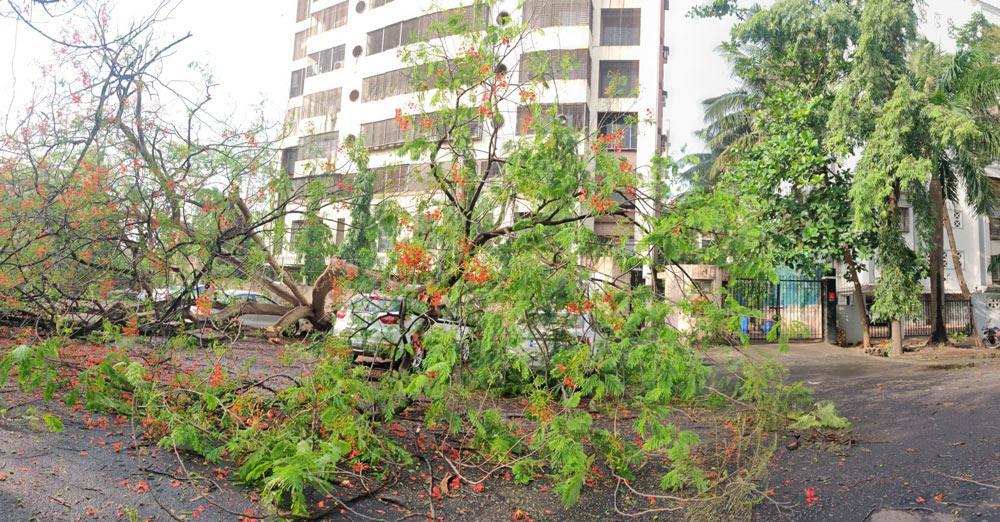
The last climb
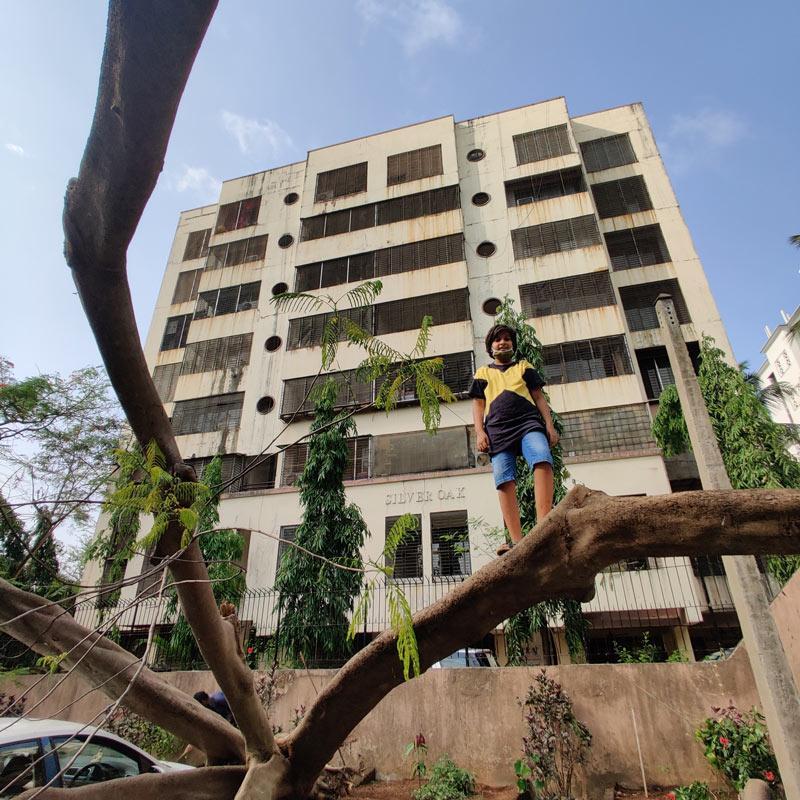
The last flowers
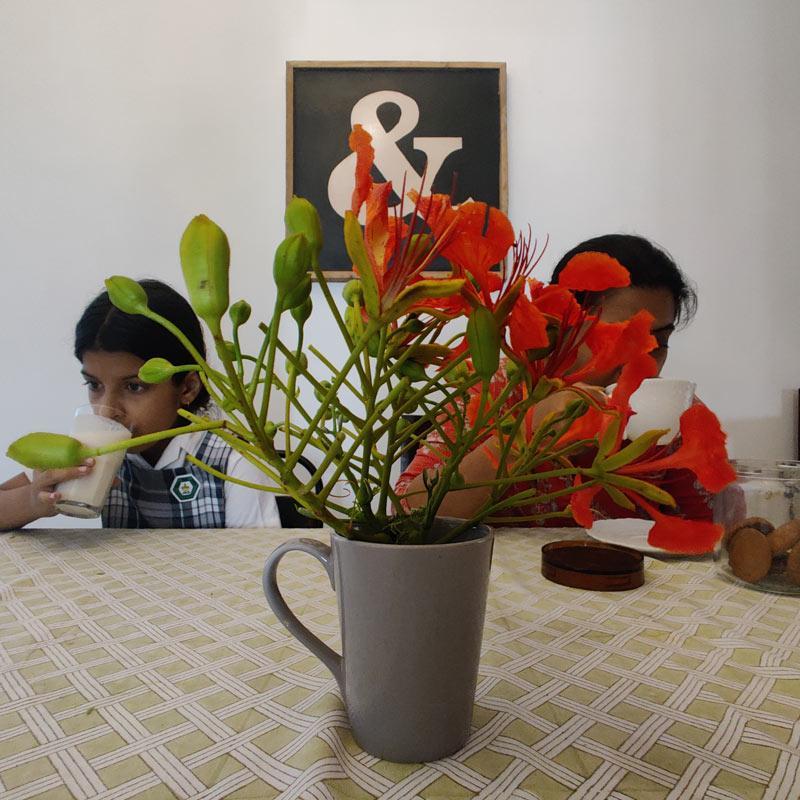
Collateral damage
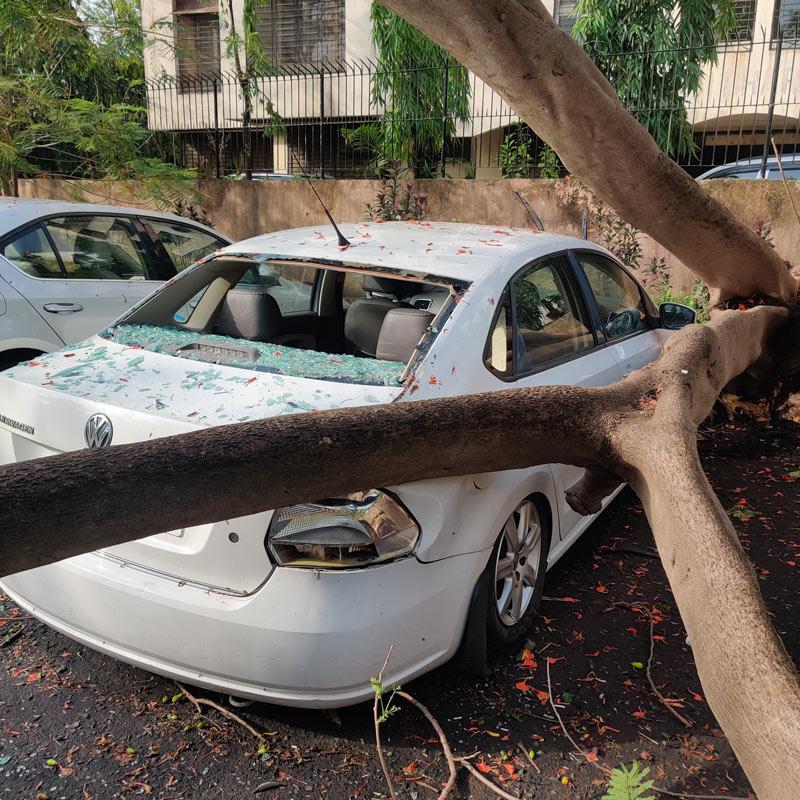
Roots
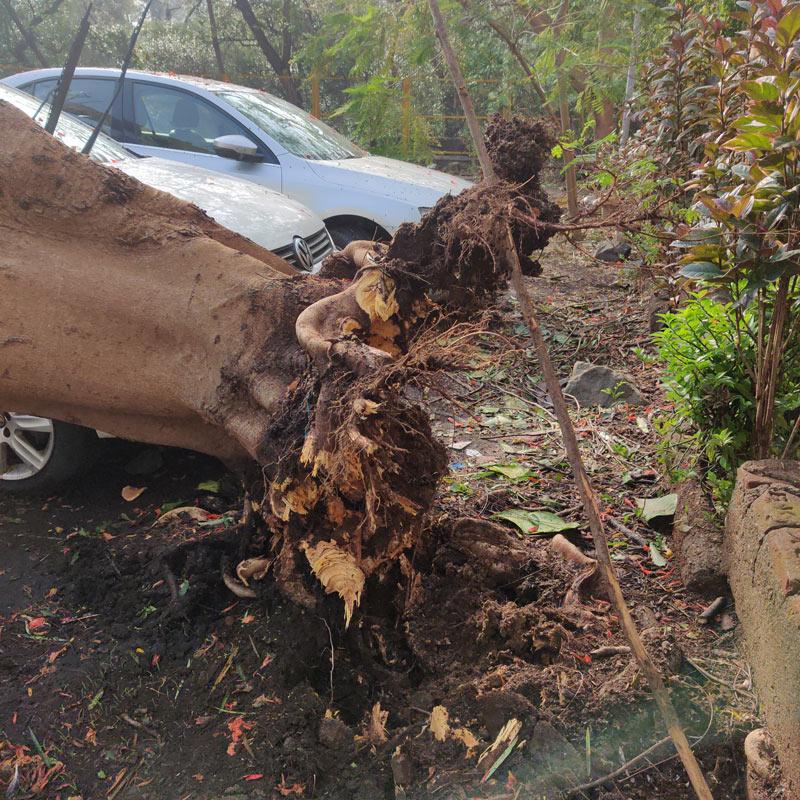
The remains of the first tree after it was cut.

The second gulmohar that fell recently on Feb 2023.
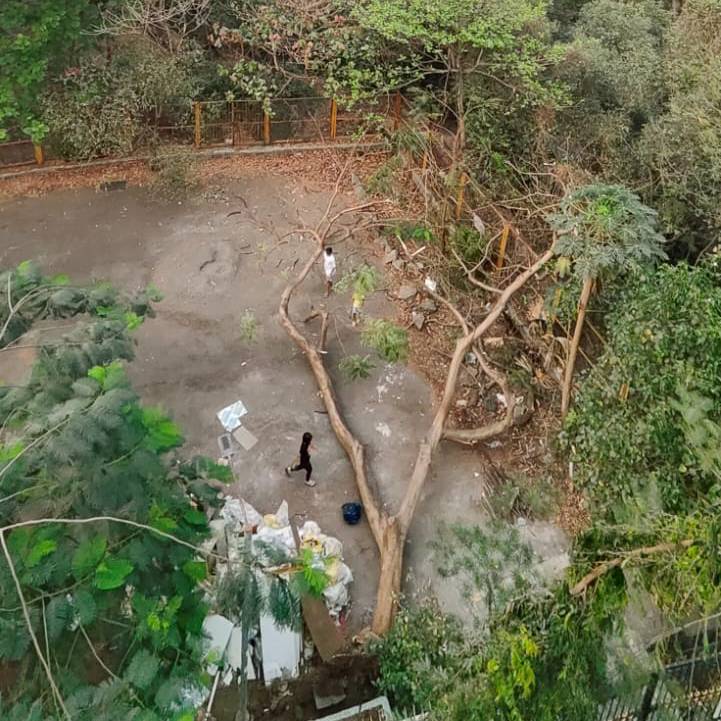
The third gulmohar stands alone, its roots half exposed.
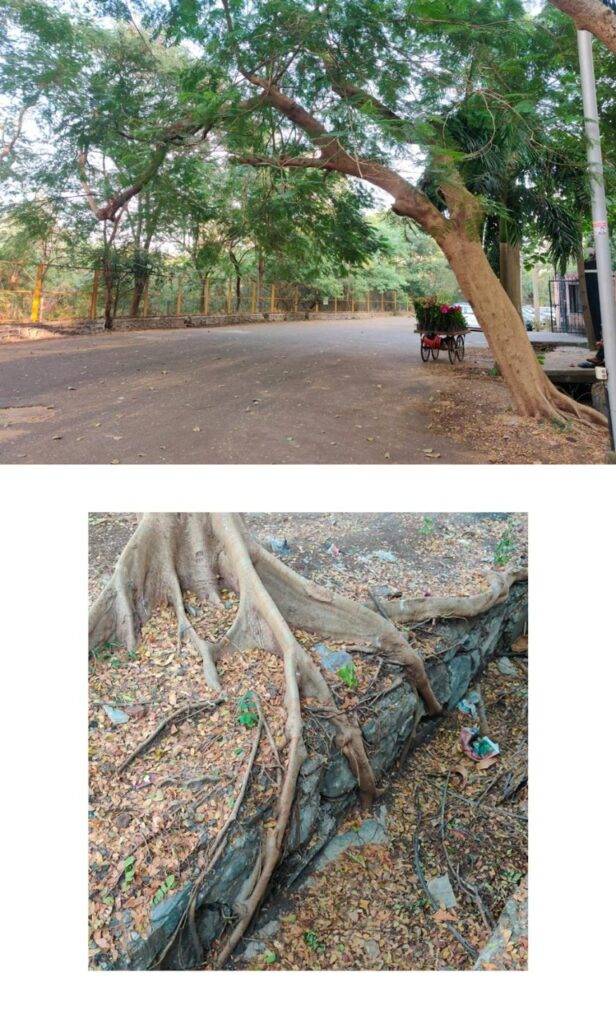
If you liked this post, then you may consider reading Of Vacations and Expeditions, “Give Well To Live Well”, and On Haircuts, Barbers, Hair Stylists and Life also



No Comments